Photographed by Don Gilman at Cavenaugh Flight Museum, Dallas












Part I here: https://inchhighguy.wordpress.com/2024/05/05/grumman-us-2-tracker-walk-around-part-i/
Scale Modeling and Military History
Photographed by Don Gilman at Cavenaugh Flight Museum, Dallas












Part I here: https://inchhighguy.wordpress.com/2024/05/05/grumman-us-2-tracker-walk-around-part-i/






























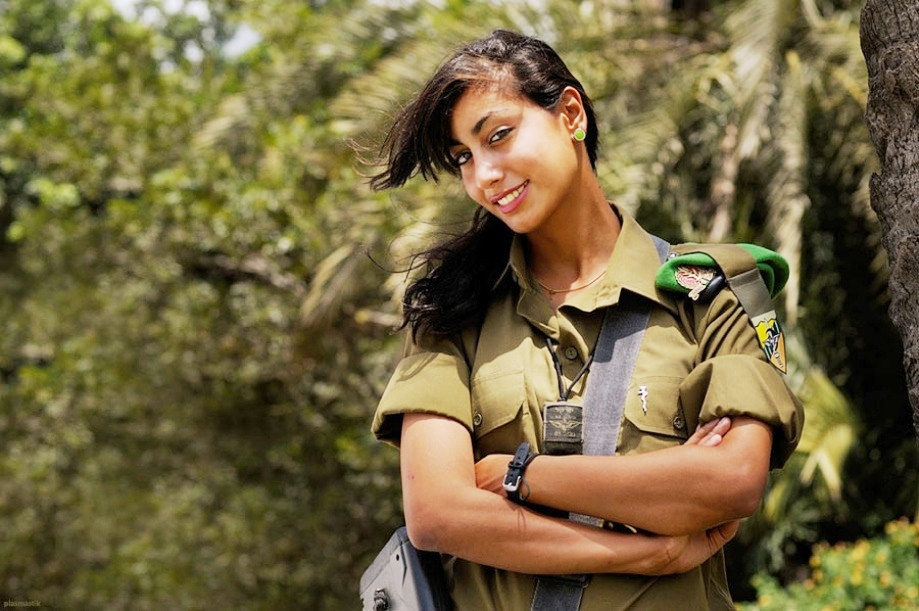
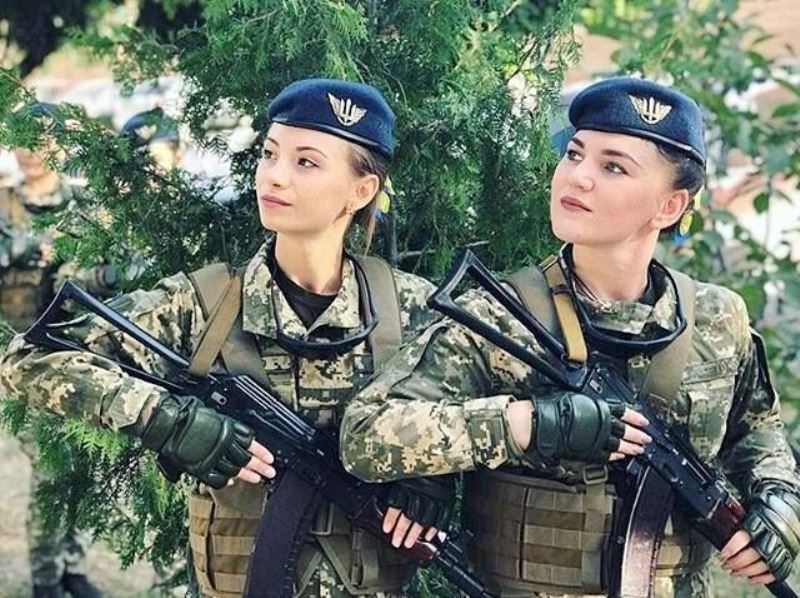



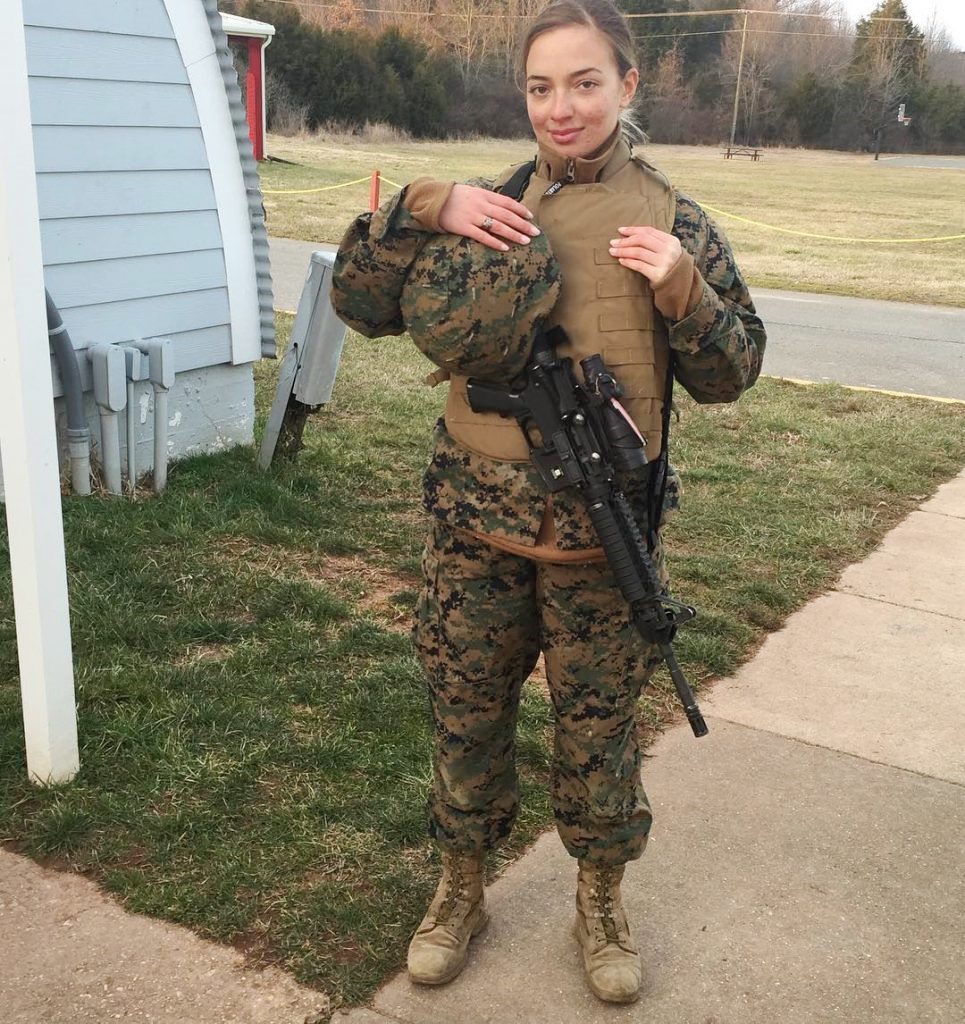







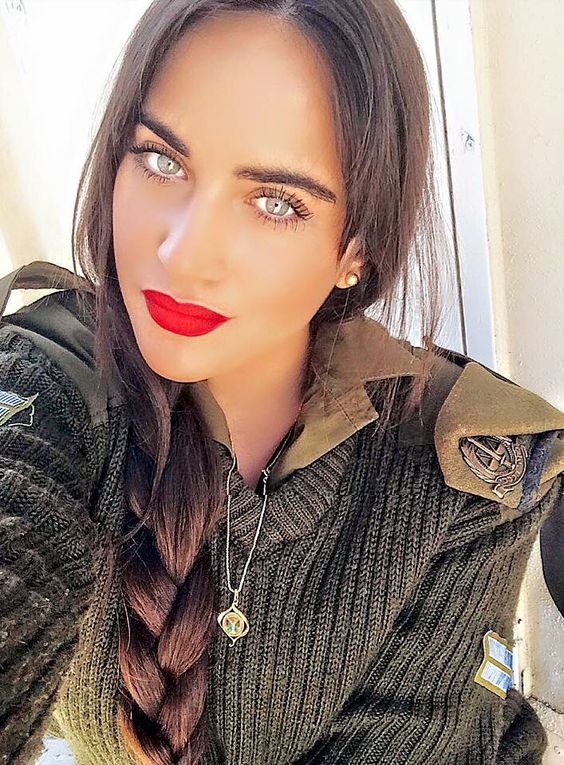



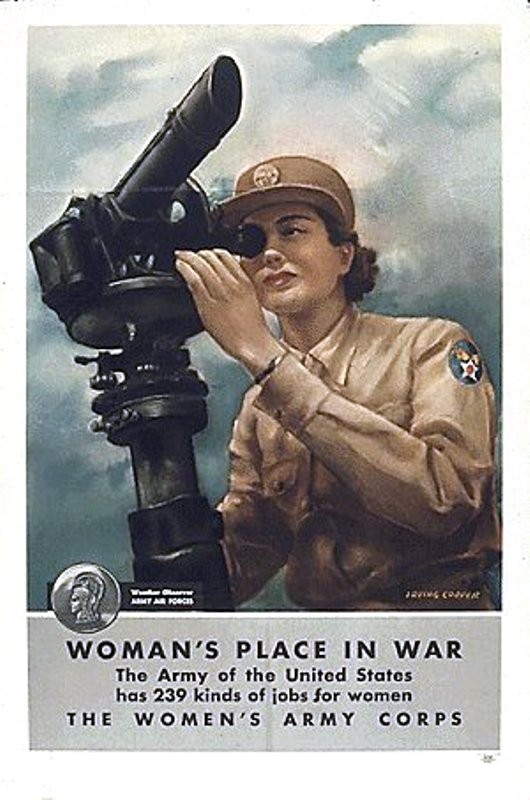
To see more Women Warriors, click on the tags below:











A Vickers Wellington photographed during a Press Day at RAF Watton in Norfolk, July 1941 by Robert Capa. This aircraft is particularly interesting as it appears the starboard wing is a replacement wearing a different camouflage, while the starboard engine nacelle looks to be the original. The port nacelle has been touched up as well. A unique modeling subject!
As an administrative aside, this is the 2,000th blog post!










Gerhard Stamp was a successful Kampflieger, flying the Junkers Ju 88 with LG 1 in the Mediterranean. As a bomber pilot he flew over 300 missions. He was an anti-shipping expert, sinking the destroyer HMS Defender, damaging three British cruisers, and sinking 35,000 tons of merchant shipping.
As the German war situation deteriorated, Luftwaffe emphasis shifted to defending the Reich. Several bomber pilots were retrained on fighters. This did not sit well with Stamp. The symbol painted on the nose of Stamp’s Yellow 17 is the Luftwaffe Bomber Pilot Clasp, emphasizing that he still considered himself a Kampflieger.
Messerschmitt Bf 109G-6/R2 of Oberleutnant Gerhard Stamp, III./JG 300, Oldenburg, Germany, September 1943









No Easy Day: The Firsthand Account of the Mission That Killed Osama Bin Laden
Written by Mark Owen, Narrated by Holter Graham
Audiobook, 6 hours and 50 minutes
Published by Penguin Audio, September 2012
Language: English
ASIN: B0095PEFYS
There are a number of books written by former Navy SEALs, with more being added regularly. I have read several myself but generally shy away from them now. While they are interesting they tend to follow similar formats and have become repetitive. Details are often sanitized (rightfully so) for security reasons, and there is debate as to whether some secretive missions should be revealed at all.
No Easy Day breaks several of these paradigms. First, the mission to eliminate Osama Bin Laden was truly of historical significance and it is therefore important to record the operation from a first-hand perspective. Second, the author has striven to protect operational security by not disclosing any means and methods not already released by political operators in Washington. The author’s name “Mark Owen” is a pseudonym and several other names and details are similarly altered. Lastly, the author does not focus on SEAL training (BUDS) at Coronado, which is a fixture of almost every book authored by a former SEAL. Instead, he details a few of the schools and screening processes SEALs face later in their careers, and a few other missions which he was a part of, including the Maersk Alabama hijacking and subsequent rescue of Captain Phillips.
Like most others, I was broadly familiar with the mission to get Bin Laden. “Owen” writes a great account of the operation, and does so with humility. In addition to the raid itself, the level of detail in the intelligence and training the team for the mission was fascinating, as was the return from the operation and handling of materials taken from Bin Laden’s compound. This book is somewhat different from other SEAL narratives, and well worth the read.
Photographed by Don Gilman at Cavenaugh Flight Museum, Dallas












Part II here: https://inchhighguy.wordpress.com/2024/05/12/grumman-us-2-tracker-walk-around-part-ii/

































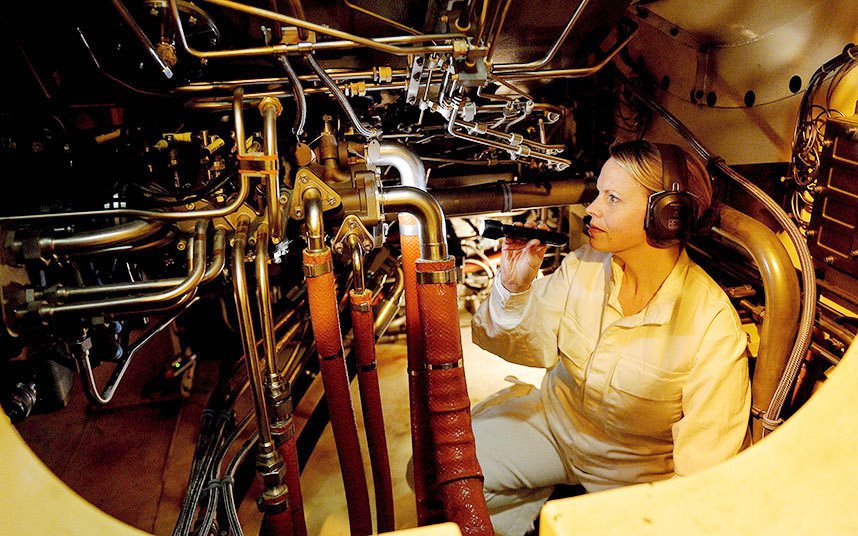

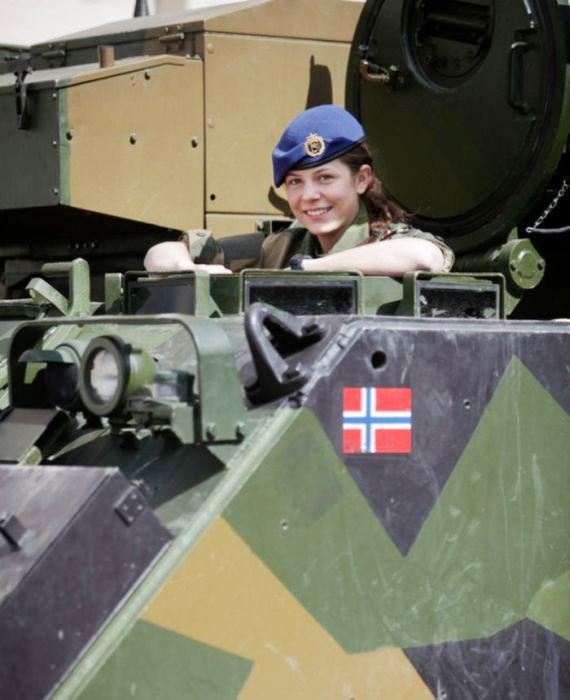












To see more Women Warriors, click on the tags below:








SUMMARY
The Hasegawa kit is now 30 years old and is beginning to show its age. Not that it was a bad kit for its time but it has been clearly surpassed by the newer tools. Like most Hasegawa kits the deficiencies are most apparent in the cockpit area and the wheelwells, both of which are minimalist and lack any detail. The outlets on the coolers on the undersides have been simplified and are best cut out and replaced. The nose is slightly undersized, as are the fuselage bulges for the gun breeches. On the plus side fit is good and the kit goes together without any issues. If you are not too picky this kit can make for a quick “pallet cleanser” or a practice kit for a beginning modeler, but it won’t stand up to scrutiny without some extra work.

The Fine Molds kit has been my Messerschmitt of choice for almost two decades now, and there are still a few lurking in the stash. With the exception of the later tall-tail variants just about all the major versions from the F-series on are provided for. Cockpit detail is shallow and most modelers will want to make some enhancements here as this will be visible even on closed canopy builds, thanks to the flat panels on the canopy. The canopy is molded as a single piece, so if you want to pose it open, get out the razor saw. You’ll also need the saw to drop the slats and flaps, this is time-consuming and is always a tedious part of the build for me. Build ‘em if you’ve got ‘em, but not the kit to get now if you’re buying new.

The Tamiya G-6 is an excellent kit and a joy to build, it is everything you’d expect a kit from Tamiya to be. Cockpit detail is excellent right out of the box and the canopy can be posed open to show it all off. The landing gear is well detailed and the engineering ensures proper alignment, the only issue with this is the gear must be installed during the major construction which risks breakage. I’m not put off by this but others might be. Looking at the sprues Tamiya does not appear to be planning any other versions, so the G-6 is all we’re likely to get from them. There are not a lot of options there either. There is a drop tank but none of the fairly common R6 wing gun packs, the packs on this build are spares from Eduard kits. My biggest disappointment with this kit is the need to cut out the slats and flaps, a rather surprising omission from an otherwise excellent effort.

The Eduard kits are the most detailed Messerschmitts in the scale and represent the best value – my Dual Combo pack was less than $30 from Hannants. The decal sheet provides fourteen options with stencils which is almost worth the price alone. Also included are canopy masks and PE frets. The kit itself has parts for just about any option you’d want as well as spares for the tiniest of the fiddly bits – a nice touch. There will be plenty of parts left over for the spares box! Surface textures are outstanding and feature finely engraved rivets. The biggest innovation is the kit comes with separate slats and flaps for the first time, no more cutting. You will have to pay close attention to the instructions to get the most out of this build, many of the parts options are similar and PE is always tricky to work with, but the result is a gem of a model. You could make the argument the Eduard kit is over-engineered, but the true Messerschmitt aficionado will appreciate the attention to detail and the plethora of options provided in the box. This is a more complicated build than the Tamiya kit, but the Eduard kits are the best detailed and the best value for the money.


Part I here: https://inchhighguy.wordpress.com/2024/04/19/bf-109g-comparison-build-hasegawa-fine-molds-tamiya-eduard-kits-part-i/
Scale models, where they come from, and people who make them
Scale diorama tips and ideas
Let's build, and build again even if you won't build everything you have bought
A futile fight against entropy or 'Every man should have a hobby'? Either way it is a blog on tabletop wargames, board games and megagames
World War II with Scale Models
Illustrating Stories, Painting Miniatures, Reviewing Realms.
This is my ad free non-profit blog of my research notes on military history since April 2018.
Moving with the tides of history
Building and improving scale models
WHENEVER ANY FORM OF GOVERNMENT BECOMES DESTRUCTIVE OF THESE ENDS (LIFE,LIBERTY,AND THE PURSUIT OF HAPPINESS) IT IS THE RIGHT OF THE PEOPLE TO ALTER OR ABOLISH IT, AND TO INSTITUTE A NEW GOVERNMENT― Thomas Jefferson
Let's build and build again
This WordPress.com site is Pacific War era information
Scale Modeling and Military History
The best in WWII aviation history
Scale Modeling and Military History
Scale models from the sunny side of the Alps.
Scale Modeling and Military History
Scale Modeling and Military History
Scale Modeling and Military History
Scale Modeling and Military History
Scale Modeling and Military History
Scale Modeling and Military History
Scale Modeling and Military History
A blog about Modeling and life in general